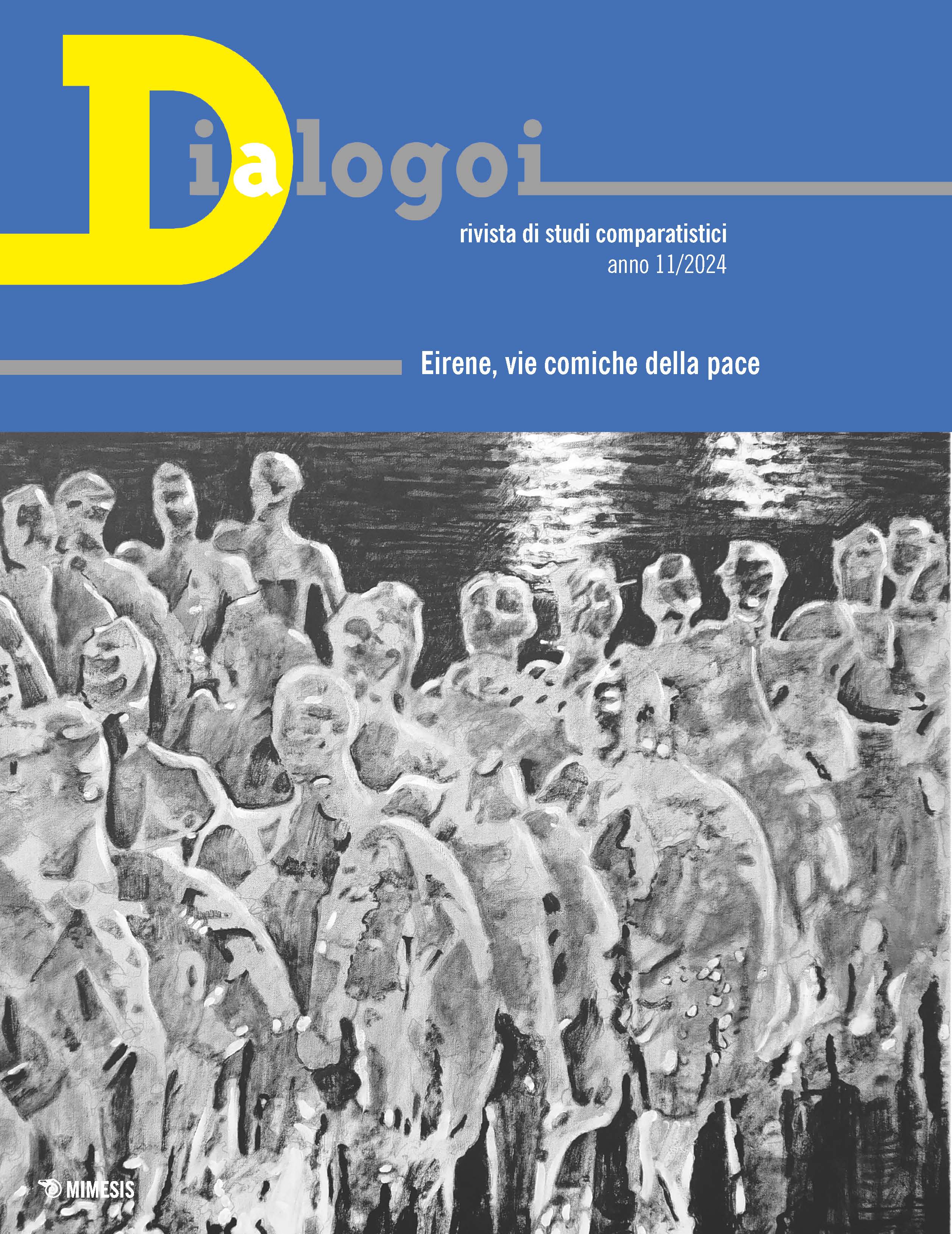Abstract
Prima del colpo di stato franchista nel 1936, Picasso si era interessato quasi esclusivamente alla ricerca formale, ma l’indignazione per i tragici eventi che interessavano la sua terra lo spinse a riconsiderare il proprio ruolo di uomo e di artista. Partendo dagli esempi di Goya, Picasso cominciò a esplorare il significato della pace attraverso le lenti della guerra, trasformando la sua visione della realtà contemporanea e stabilendo un legame profondo tra arte e impegno sociale, fino a giungere alla composizione di Guernica. La decorazione del Tempio della Pace di Vallauris all’inizio degli anni Cinquanta consolidò ulteriormente il messaggio pacifista dell’artista attraverso l’uso di figure archetipiche come la Colomba, il cui primo esemplare era stato realizzato nel 1949 per la locandina del primo Congresso di Parigi del Movimento dei Partigiani della Pace: un episodio seguito da molti altri, destinati a influenzare la simbologia dei movimenti pacifisti del Sessantotto. Nel nuovo millennio Banksy ha reinterpretato questo simbolo con il murale Armored Dove, dove ha affrontato il tema, ammantato da un’amara ironia, attraverso un richiamo alla dicotomia Guerra-Pace che può essere idealmente collegato, per impatto visivo, alle migliori opere picassiane dedicate a questo tema.

